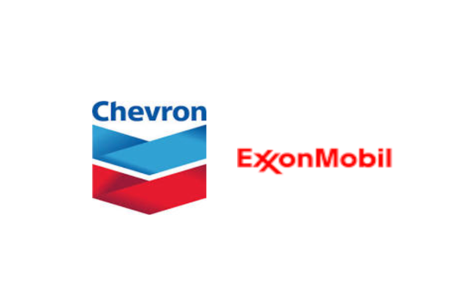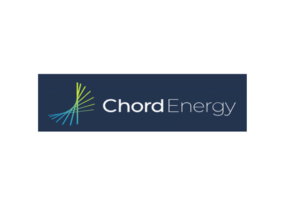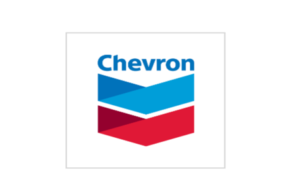US majors Exxon Mobil and will raise capital spending in 2023, as both embrace oil and natural gas output growth over the next several years alongside accelerated investments in decarbonization.
Chevron says it will invest $16.9 billion next year, while Exxon will spend $23 billion-$25 billion. Both sums sit at the top end of their respective medium-term capex ranges, with Chevron planning to invest $15 billion-$17 billion annually and Exxon $20 billion-$25 billion over the next several years.
They also represent a roughly 14% increase over expected 2022 spending for Exxon and a 25% hike for Chevron, with the latter set to significantly underspend its original budget this year.
The 2023 budgets come as little surprise, as leaders of both integrated giants hinted in recent months that spending was likely to come in meaningfully higher next year as capex continues to recover from the 2020 downturn.
But the guidance nonetheless confirms that Exxon and Chevron will continue to break from their European peers in investing significant amounts of additional capital toward oil and gas development, with both plotting 3% compound annual output growth through 2026-27.
Oil & Gas Permits Download
Chevron Wells Drilled 2022
XTO Wells Dilled 2022
At the same time, spending to reduce in-house operational emissions as well as grow low-carbon ventures in carbon capture and storage (CCS), hydrogen and biofuels will also rise — and in Exxon’s case, at a higher rate than previously anticipated.
“It’s the Exxon Mobil ‘and’ equation — working to meet the world’s energy needs and reduce emissions,” Exxon CEO Darren Woods said Thursday.
The comments reiterate the US majors’ shared view that co-investing in more oil and gas supplies over the medium term while reducing the emissions of those supplies remains a viable strategy for the low-carbon energy transition.
Low-Carbon Ramp
The most notable shift within the duo’s budgets is taking place in low carbon.
Exxon plans to increase its low-carbon spending by around $2 billion, or 15%, through 2027, raising its cumulative investment over 2022-27 to around $17 billion.
Exxon’s relative capex contributions to emissions reduction and lower-carbon energy sources will remain dwarfed by its European peers. BP, for instance, expects to direct 40% of its capex by 2025 toward “transition growth” businesses, led by renewables.
But Exxon’s strategic update presentation on Thursday suggested that its low-carbon spending will exceed $5 billion by 2027 — an amount that could equate to 20%-25% of its capex in that year. That compares to a roughly 4%-5% contribution this year, Energy Intelligence calculates.
The Texas-based major says 60% of its low-carbon funds will go toward reducing Exxon’s operational emissions as it targets net-zero Scope 1 and 2 emissions by 2050.
Woods said the company will complete emissions reduction roadmaps for its major operated assets by the end of this year to provide a “clear line of sight” on how to hit interim emissions intensity reduction targets by 2030. Such assessments already have Exxon on track to reach net-zero operational emissions in the Permian Basin by the end of the decade rather than by mid-century.
The balance of Exxon’s low-carbon funds through 2027 will support efforts to “reduce others’ emissions,” including jumpstarting CCS as a third-party service.
For now, Chevron is sticking with plans to invest $10 billion in low-carbon energy and decarbonization across 2022-28, but is ramping up spending on an annual basis.
The California-based major’s 2023 budget shows spending in the segment will more than double, excluding acquisitions, to $2 billion from around $800 million this year.
Chevron said late Wednesday that around $500 million of next year’s low-carbon spending will go toward reducing its own emissions, while around $1 billion will fund higher renewable fuels production capacity.
Driving Growth
The upstream priorities underpinning Exxon and Chevron’s output growth remain unchanged. Both will lean heavily on the US Permian Basin, with Exxon also counting on Guyana, Brazil and LNG, while Chevron will tap its Tengiz expansion in Kazakhstan and various unconventional resource basins outside the Permian.
Exxon noted that its output next year should average around 3.7 million barrels of oil equivalent per day. While that is largely flat with its production over the first nine months of this year, Exxon will have to offset roughly 260,000 boe/d lost to divestments and its exit from Russia to get there. Permian growth in the range of 9%-11% will help, Woods noted.
Chevron has yet to provide production guidance for 2023 — that will likely come in January alongside its fourth-quarter earnings results. But growth would be expected given the major’s 16% implied production growth rate between 2022 and 2026 and expectations that Permian output alone will grow by roughly 50% by mid-decade.
Energy News










